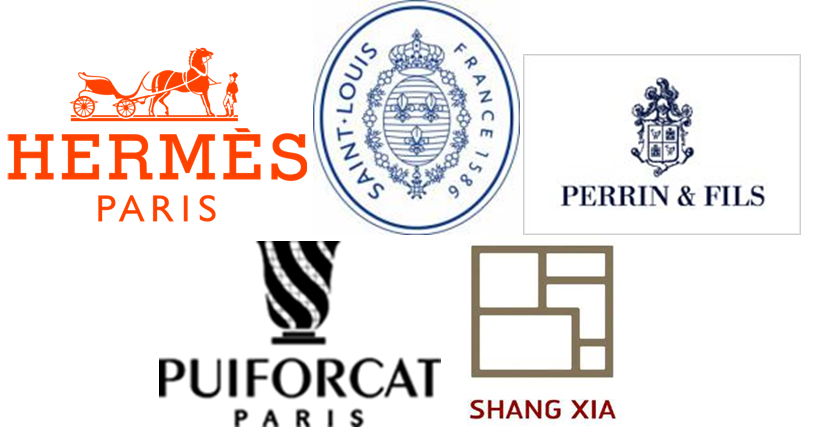Louis Vuitton has a progressive strategy because its parent company LVMH is building its multi-brand empire through acquisitions. LVMH has one of the strongest brand portfolios, counting 60 top brands among its five business divisions, with Louis Vuitton as its “star”. The message of LVMH is clear: each brand of the group will likely become Louis Vuitton one day.
On the contrary, Hermes’ strategy is more conservative, focusing more on the brand's heritage and craftsmanship, building value over time and through quality (endogenous growth).
To make those two luxurious brands more appealing
to their customers, Louis Vuitton and Hermes should try to make their products
available in more locations, but in small quantities to keep the exclusivity of
the brands, or even make limited production or special editions. This will differentiate
the users of the same brand.
Hermes and Vuitton should also concentrate
their business model on leather goods only, the same category of products that
made their success, instead of producing some accessories that are far from
their core industry like: sunglasses, watches, jewelry…
While both brands are suffering of
intensive counterfeiting industry, they should offer some economic and
affordable lines of products considered as input range.
Hermes and Vuitton could expand more their
activities in emerging countries, where their brand awareness is now assured, to take the advantage of the consumerism tendency of Western luxury brands, like: Russia, China, and Brazil…
Sources: http://knowledge.insead.edu/world/china/louis-vuitton-or-hermes-569
Mnebhi Loudyi Omar


